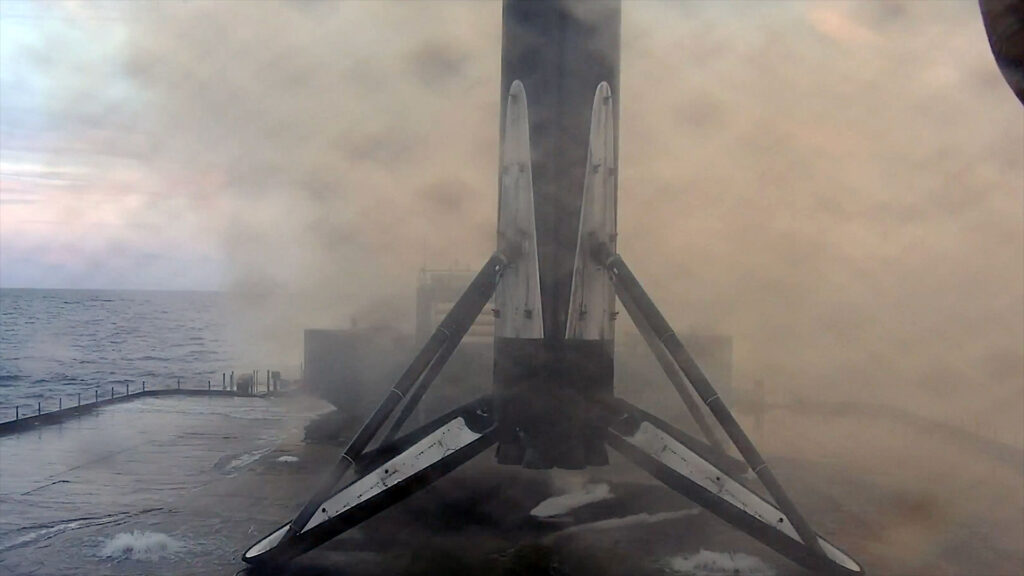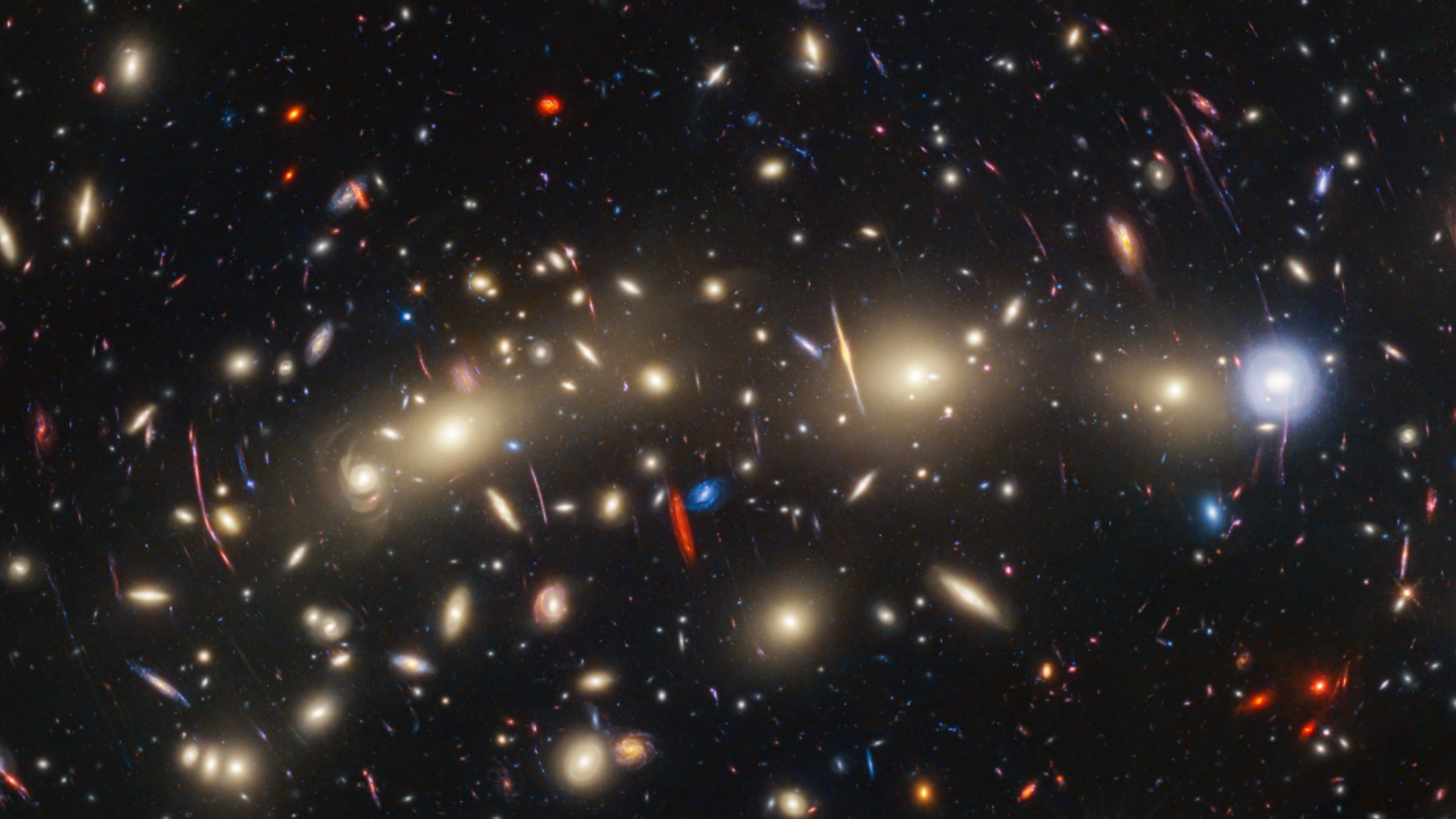Now Reading: Do the cores of dead stars exist forever?
-
01
Do the cores of dead stars exist forever?
Do the cores of dead stars exist forever?


White dwarfs don’t get enough airtime. Sure, these ultradense, dim cores of dead stars are small and hard to see. But they’re incredibly exotic, and they’re what sunlike stars become. Billions of years from now, the sun will die, leaving behind its core of carbon and oxygen. And when given enough time (say, trillions of years), all medium-sized stars will die — and white dwarfs will inherit the universe. What happens next?
There are astrophysical creatures that do not exist in our present-day universe. We’re used to hearing about many of them. The first generation of stars are no longer around. The sound waves that crashed through the plasma-filled early universe are now nothing but a faint echo in the arrangement of galaxies. The inflationary epoch and the splitting of the forces left behind particles and topological defects that blinked out of existence as soon as they formed.
There are many products of a primordial age that could not persist through the billions of years of history behind us now. And when we look into the future — the deep future — there will be an epoch so incredibly distant from us that our era will be just a memory. Entities, forces and objects that are now commonplace will seem like the creation of a hectic, energy-filled era. And in that deep future, trillions of years from now, there will be a lot of white dwarfs. That’s because unlike normal stars, white dwarfs support themselves through degeneracy pressure, the absolute refusal of electrons to share space. Regular stars collapse and die once they run out of fuel for their nuclear reactions. But the white dwarfs just sit there, hanging out, for eternity.
When they’re born, white dwarfs typically have a temperature of around 10 million kelvins (18 million degrees Fahrenheit). But because they have no new source of heat, they just cool off really, really slowly. To give some perspective, the coldest known white dwarf is PSR J2222-0137 B, which is around 11 billion years old but still manages a temperature of around 3,000 kelvins (5,000 F). That’s the same temperature as a “warm white” incandescent bulb and about half as hot as the surface of the sun — not too shabby for an object that’s almost as old as the universe itself.
But what eventually happens to white dwarfs?
They become black dwarfs. After 10 trillion years or so, a white dwarf will finally cool down enough to become invisible in almost all wavelengths of light. It won’t reach absolute zero — that’s impossible — but it can come close. This means there are no black dwarfs in the present-day universe. The cosmos simply isn’t old enough yet. It will take a thousand times the current age of the universe for the first black dwarf to emerge.
But then what?
There’s a hypothetical possibility that, given enough time, the black dwarfs will explode. This would happen through a process called space-time curvature-induced pair production. The idea is that quantum particles constantly pop into existence and immediately disappear into the vacuum before anybody notices. But in regions of strong gravity, like the interior of a black dwarf, a pair of particles can get caught up in the space-time curvature, separate and go off into the real universe.
There’s no free lunch in the universe, so to pay for that spontaneous creation of particles, the black dwarf has to lose energy. Eventually, in about 10^78 years, it may evaporate and disappear altogether.
It’s not exactly clear if this process actually happens; it takes too long to check in the laboratory. But given even longer times, some black dwarfs meet a grislier fate, through a process called pycnonuclear decay. It happens when two nuclei randomly fuse together through pure quantum mechanical chance. You need nuclei really crammed together to make this happen, and luckily for black dwarfs, their nuclei are shoved right up against each other.
There is a limit to how much a black dwarf can support itself through degeneracy pressure. If it loses too many nuclei, the rug gets pulled from underneath it and it catastrophically collapses in a supernova detonation. So this process will only affect black dwarfs that are already on the edge of collapse, which is only a few percent of them. But when those few percent go off, they will be one of the sole sources of light and radiation in the far future of the universe, long after the last star has extinguished itself.
How long will that take? Researchers estimate it will be somewhere between 10^1,100 and 10^32,000 years from now, so don’t hold your breath.
Stay Informed With the Latest & Most Important News
Previous Post
Next Post
-
 012024 in Review: Highlights from NASA in Silicon Valley
012024 in Review: Highlights from NASA in Silicon Valley -
 02Panasonic Leica Summilux DG 15mm f/1.7 ASPH review
02Panasonic Leica Summilux DG 15mm f/1.7 ASPH review -
 03From Polymerization-Enabled Folding and Assembly to Chemical Evolution: Key Processes for Emergence of Functional Polymers in the Origin of Life
03From Polymerization-Enabled Folding and Assembly to Chemical Evolution: Key Processes for Emergence of Functional Polymers in the Origin of Life -
 04How New NASA, India Earth Satellite NISAR Will See Earth
04How New NASA, India Earth Satellite NISAR Will See Earth -
 05And Thus Begins A New Year For Life On Earth
05And Thus Begins A New Year For Life On Earth -
 06Astronomy Activation Ambassadors: A New Era
06Astronomy Activation Ambassadors: A New Era -
07SpaceX launch surge helps set new global launch record in 2024


















